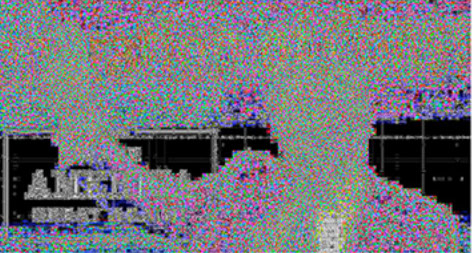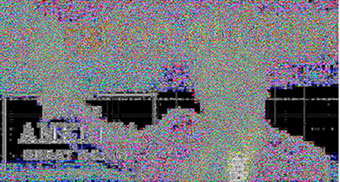Maybe Cube
What may be sensed of the nature of time through creating new sensor technology? The Maybe Cube is a speculative/hypothetical sensor tech system that seeks to explore the potential of sensing qualities of time itself.
Instead of utilizing sensor components that provide data on established sensible qualities of the universe/world (e.g. light waves/light sensor), whereby sensors then become actors within a system, the Maybe Cube seeks to discover qualities of time through positing hypothetical time-based qualities. In this way, the project is centered around building a sensor system based on a series of experimental hypotheses that only can be tested or explored through the construction of the system itself. The Maybe Cube system is a hypothesis.
Instead of utilizing sensor components that provide data on established sensible qualities of the universe/world (e.g. light waves/light sensor), whereby sensors then become actors within a system, the Maybe Cube seeks to discover qualities of time through positing hypothetical time-based qualities. In this way, the project is centered around building a sensor system based on a series of experimental hypotheses that only can be tested or explored through the construction of the system itself. The Maybe Cube system is a hypothesis.
Maybe Cube explores programming a time-sensor system based on media decay. Instead of using a clock, and instead of capturing data, the Maybe Cube produces a method to analyze data being sent out via image disintegration. It is a machine sensory system that 'senses' or recognizes a media object's age based on its 'decay,' similar to carbon decay.
“Time is not governed by physical laws because it is the laws themselves which are governed by a mad time . . . Hyper-Chaos is the idea of a time so completely liberated from metaphysical necessity that nothing constrains it: neither becoming nor the substratum. . .[it] is not a formal possible, but a real and dense possible, which I call the “peut-être”— the ‘may-be’.”
— Quentin Meillassoux
“Time is not governed by physical laws because it is the laws themselves which are governed by a mad time . . . Hyper-Chaos is the idea of a time so completely liberated from metaphysical necessity that nothing constrains it: neither becoming nor the substratum. . .[it] is not a formal possible, but a real and dense possible, which I call the “peut-être”— the ‘may-be’.”
— Quentin Meillassoux





The Maybe Cube is a program created with Python. An image is loaded into the program. The image is compressed each time a button is pushed. The original image is kept and can be compared to the new image. Over time, the image is compressed with a jpg codec and becomes noisier. Each time the button is pressed, the program gives a read-out of the counter. The number displayed on the counter is the media object's 'age.' The increase of noise is taken as 'media decay.' The age of the media object is correlative to the number of times the button is pushed. Thus the image-object ages in non-constant time intervals. In other words, it is not the passing of time on the clock that determines the media object's age, only the number of times the button has been pushed.
The age of the media object is an example of a method to detect time in a manner that is not determined by the passing of minutes/hours/days.
The Maybe Cube is a different type of Time Decay.
The age of the media object is an example of a method to detect time in a manner that is not determined by the passing of minutes/hours/days.
The Maybe Cube is a different type of Time Decay.